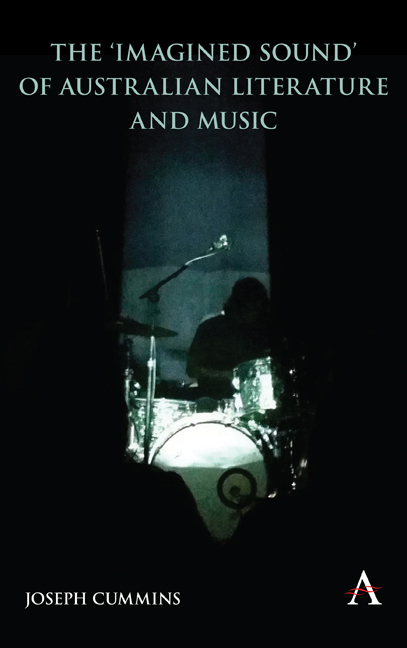Summary
Hearing is the first of our senses to be activated, and the last to be extinguished. Of all our sensory conduits to the world, being heard is the most powerful evidence of life. As Shakespeare dramatized in Hamlet, the dead may be seen, smelled, tasted and touched, but they cannot be heard; after death, ‘the rest is silence’. In the public sphere, two senses above all are felt to be both competent and appropriate in the exchange of complex meanings: sight and hearing. Yet while they might be traversing the same material terrain, the two are such dissimilar vehicles that they disclose and create very different political spaces.
Vision is the faculty most closely implicated in scientific discourse, and approved forms of knowledge are invariably visual metaphors: vision, perspective, revelation, imagination, enlightenment. These describe forms of knowledge whose objective is to exercise control over the universe. In the (spurious) mind–body split, science elevates the activities of the former over the latter, and vision is the sense most closely associated with the analytical mind. Vision is an instrument of regulation, power (the controlling gaze, the panopticon). It is a distancing faculty, with high powers of analytical separation and is thus associated with the axiom that ‘knowledge is power’, the foundations of the Enlightenment paradigm. This historical association has given vision great authority.
But sound is a very different mediator. It floods the social space so that all its occupants hear much the same thing, share the experience in a way that looking cannot do. We cannot see ourselves or the community of which we are memebers in toto, but we can hear ourselves, immersed in a collective identity. Sound also penetrates the body–the voice in the ear is extraordinarily intense and intimate. In many ways, then, our understanding of our social being is mediated more fully and intensely acoustically than visually. Sound can also instantly modify the nature and the horizon of identity. We shout, we whisper, we snarl or vocally caress. This is why sound is such a powerful and flexible tool of social negotiation. And while we ‘stand back to get a better look’, our voices are channels of propinquity, ways of drawing us nearer to each other.
- Type
- Chapter
- Information
- The 'Imagined Sound' of Australian Literature and Music , pp. vii - xPublisher: Anthem PressPrint publication year: 2019



